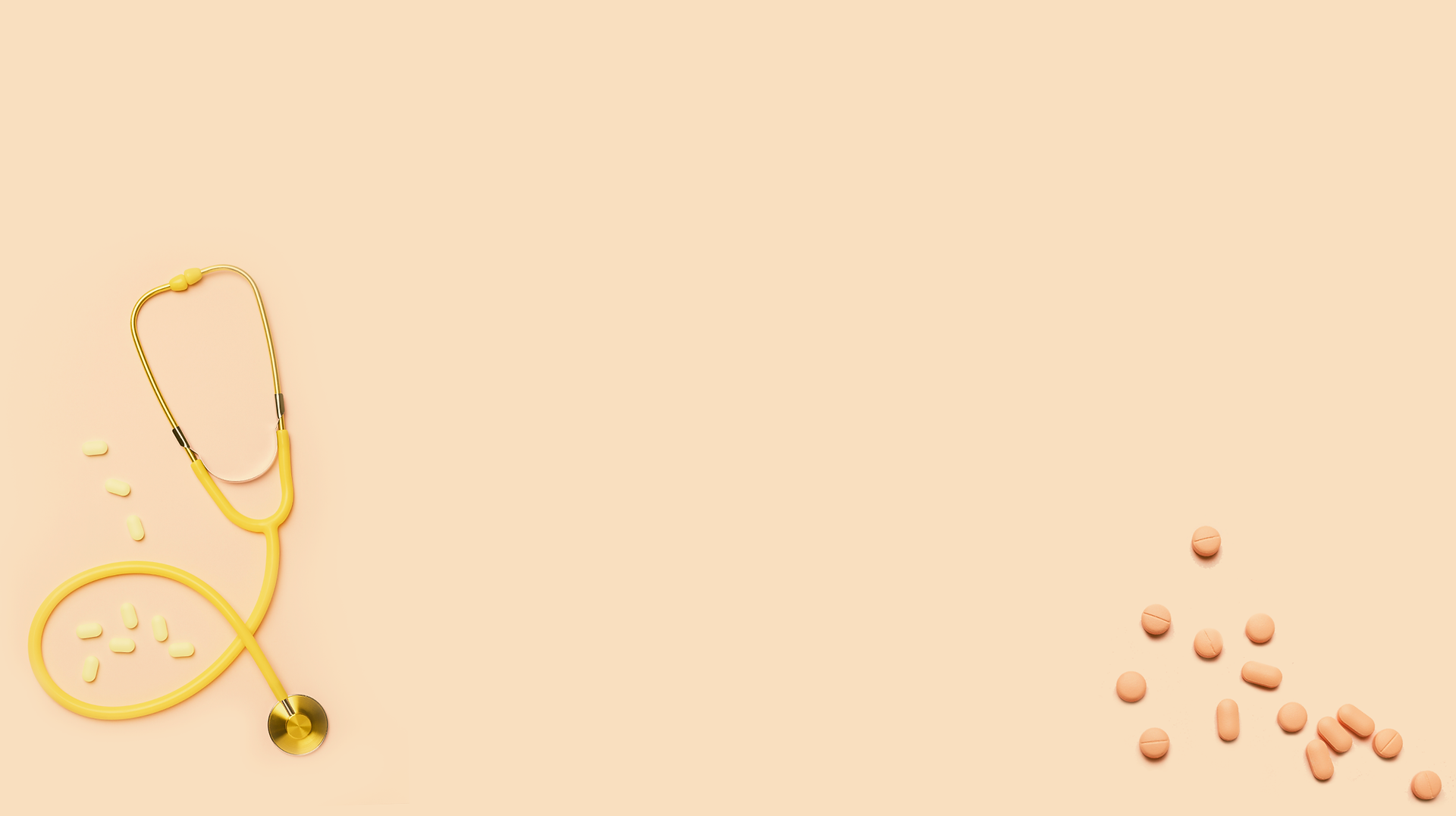Teeth Cleaning: Prevent Gum Disease
- Dynamic Clinic
- Oct 8, 2024
- 4 min read
Maintaining optimal oral health is crucial for overall well-being, and one of the most effective ways to achieve this is through regular teeth cleaning. Teeth Cleaning Cost in Dubai is relatively accessible compared to other major cities, making it easier for residents to prioritize their dental hygiene. Regular teeth cleaning not only keeps your smile bright but also plays a vital role in preventing gum disease. This article delves into the importance of teeth cleaning, how it helps in preventing gum disease, and what you can expect during a dental cleaning appointment.
Understanding Gum Disease
Gum disease, also known as periodontal disease, is an inflammatory condition that affects the gums and surrounding tissues. It is primarily caused by the accumulation of plaque—a sticky film of bacteria that forms on the teeth. If plaque is not removed through regular brushing and flossing, it can harden into tartar, which can lead to more severe forms of gum disease. The initial stage, gingivitis, is characterized by red, swollen gums that may bleed during brushing. If left untreated, it can progress to periodontitis, which can result in tooth loss and other serious health issues.
The Role of Teeth Cleaning in Preventing Gum Disease
Regular teeth cleaning is essential for maintaining gum health. During a professional cleaning, a dental hygienist removes plaque and tartar buildup from your teeth, particularly in hard-to-reach areas. This process is crucial because even with diligent brushing and flossing at home, some plaque can still accumulate over time. The hygienist also polishes your teeth to remove surface stains, leaving your mouth feeling fresh and clean.
Teeth cleaning sessions typically include an examination of your gums. The dentist or hygienist will check for signs of gum disease, such as pockets forming between the teeth and gums or unusual bleeding. Catching these issues early on can significantly reduce the risk of severe gum disease, making regular cleanings an important part of preventive care.
Frequency of Teeth Cleaning
The American Dental Association (ADA) recommends that individuals schedule a teeth cleaning appointment at least twice a year. However, those at higher risk for gum disease, such as smokers or individuals with a history of gum issues, may require more frequent cleanings. Discussing your specific needs with your dentist can help determine the appropriate cleaning schedule for you.
What to Expect During a Teeth Cleaning Appointment
Understanding what happens during a teeth cleaning appointment can help alleviate any anxiety you may have. Typically, the process involves the following steps:
Dental Examination: Before the cleaning begins, the dentist or hygienist will examine your teeth and gums for any signs of issues, including cavities or gum disease.
Plaque and Tartar Removal: Using specialized tools, the hygienist will remove plaque and tartar from your teeth, especially along the gum line. This step is crucial in preventing gum disease, as tartar can only be removed by a professional.
Teeth Polishing: After cleaning, the hygienist will use a gritty toothpaste to polish your teeth, which helps to remove any remaining stains and smooth the tooth surface.
Flossing: The hygienist will floss between your teeth to ensure that any debris is removed from areas that are hard to reach.
Fluoride Treatment: In some cases, a fluoride treatment may be applied to help strengthen your teeth and protect against cavities.
Post-Cleaning Care Instructions: The dental team will provide you with instructions on how to care for your teeth at home and may recommend when to schedule your next cleaning.
Maintaining Good Oral Hygiene Between Cleanings
While professional teeth cleaning is essential, maintaining good oral hygiene at home is equally important in preventing gum disease. Here are some tips to keep your teeth and gums healthy between visits to the dentist:
Brush Twice Daily: Use fluoride toothpaste and a soft-bristled toothbrush to brush your teeth for at least two minutes, twice a day.
Floss Daily: Flossing helps remove plaque and food particles from between your teeth, where a toothbrush may not reach.
Rinse with Mouthwash: Using an antimicrobial mouthwash can help reduce plaque buildup and kill bacteria that cause gum disease.
Stay Hydrated: Drinking plenty of water helps wash away food particles and bacteria in your mouth, reducing the risk of gum disease.
Eat a Balanced Diet: A diet rich in vitamins and minerals, particularly vitamin C, can help support gum health.
Avoid Tobacco Products: Smoking and using other tobacco products can increase your risk of gum disease and delay healing.
Recognizing the Signs of Gum Disease
Being aware of the symptoms of gum disease is essential for early detection and treatment. Common signs include:
Red, swollen gums: Healthy gums should be pink and firm.
Bleeding gums: If your gums bleed when brushing or flossing, this could indicate gum disease.
Persistent bad breath: Halitosis that doesn't go away with brushing may signal gum issues.
Receding gums: If your gums appear to be pulling away from your teeth, this could be a sign of gum disease.
Loose teeth: Advanced gum disease can cause teeth to become loose or shift in position.
If you notice any of these signs, it's crucial to schedule an appointment with your dentist as soon as possible. Early intervention can prevent further complications and preserve your dental health.
Conclusion!
Teeth cleaning is a vital component in preventing gum disease, ensuring that your smile remains bright and healthy. By understanding the importance of regular dental cleanings and maintaining good oral hygiene practices at home, you can significantly reduce your risk of gum disease and enjoy a lifetime of healthy teeth and gums. Remember, prevention is always better than treatment, and prioritizing your dental health will pay off in the long run.


Comments